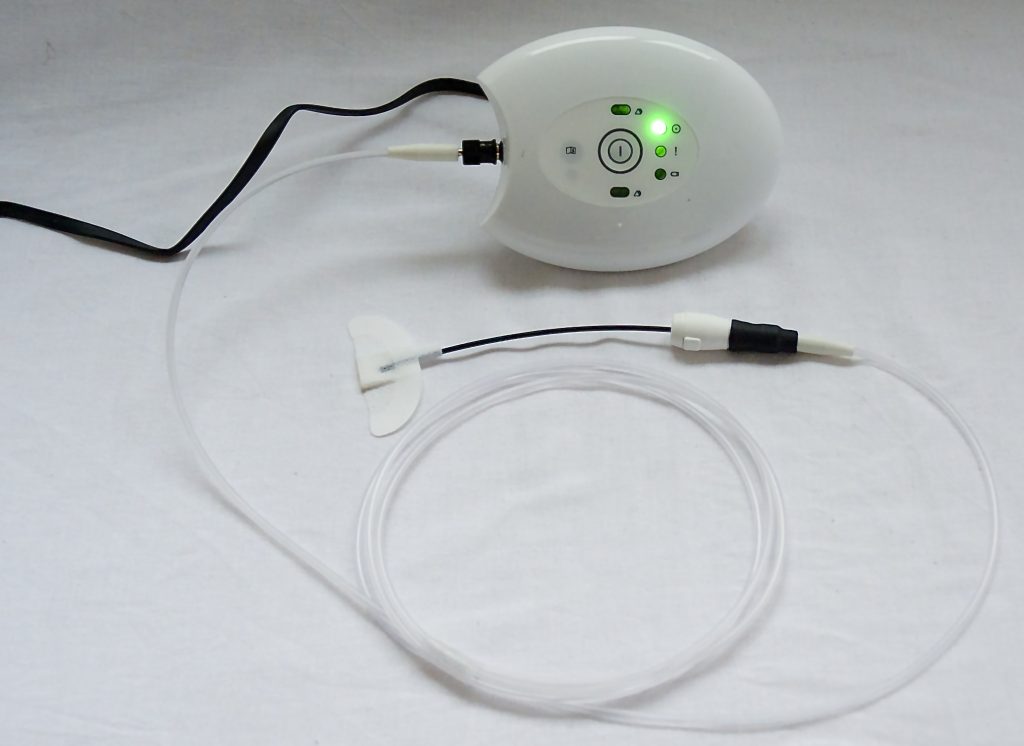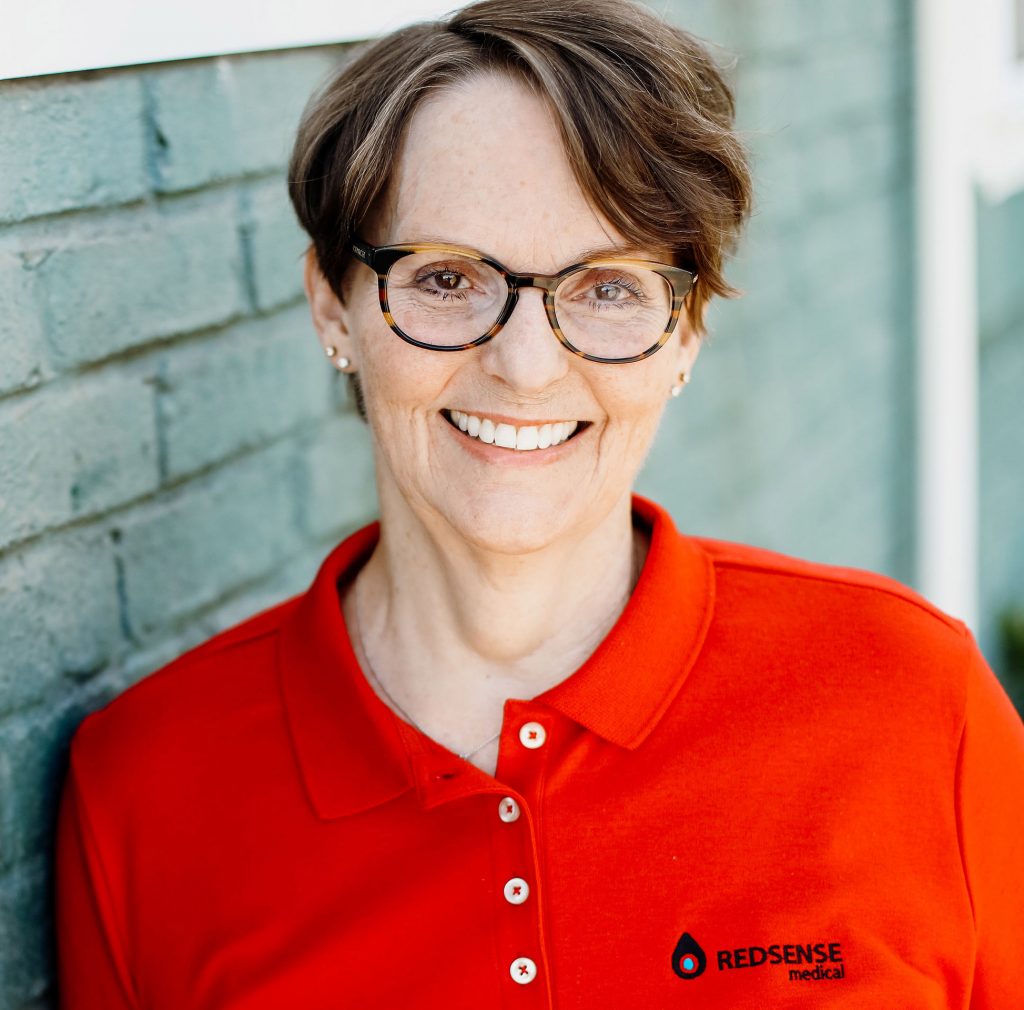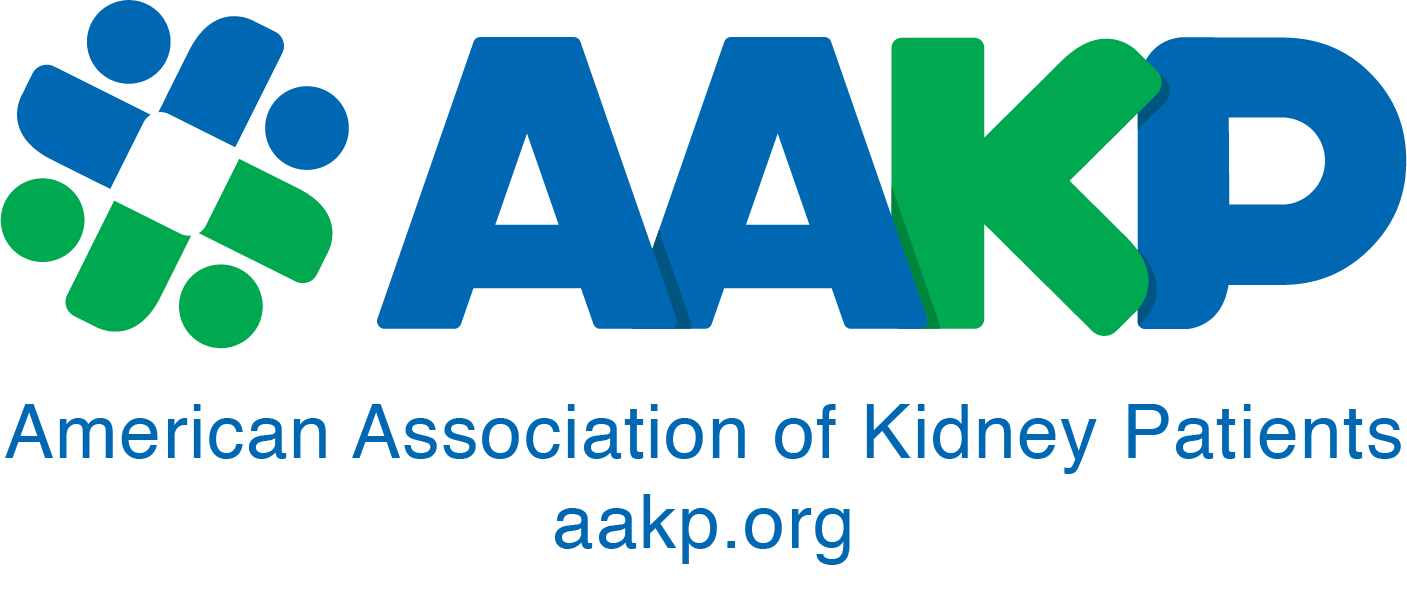Redsense Medical is a corporate group
with operations mainly in Europe and the United States. The company has developed the Redsense System, an innovation used for monitoring and alarming in the case of venous blood leakage in connection with a hemodialysis treatment. Redsense Medical solves one of the most serious remaining safety problems within hemodialysis – the ability to quickly detect Venous Needle Dislodgement (VND) and catheter-bloodline separation to minimize blood leakage. The system consists of a patented fiber optic sensor, designed for either venous needle or central venous catheter, which is connected to an alarm unit. From the very start, the development of the company’s technology has been based on the demands and safety requirements of patients and healthcare providers in the dialysis sector. Redsense Medical has been proud to collaborate with AAKP based on our long history and joint interests in promoting patient safety and new technologies that make it easier for patients to exercise their care choice of dialyzing at home, with or without a care partner, and in coordination with their medical team.

Q&A with Jane Hurst, RN, CLNC,
U.S. Clinical Director
Tell us about your first experience with a kidney patient, personally or professionally, and what impressions that left on you as a fellow human being.
My first experience with kidney patients was as a relatively new RN in the 1980s working as a staff nurse on a nephrology/transplant unit and later in an inpatient dialysis unit. The patients I cared for ran the spectrum from new dialysis patients to those who received a transplanted kidney. But no matter where they were in their journey, I was impressed with how resilient kidney patients and their families are. End-stage kidney disease (ESKD) can change many aspects of life and family dynamics. It was amazing to see how patients adapted to their new normal and how supportive family members stepped up to the plate to help however they could.
Can you tell our AAKP national and global audiences why and how Redsense Medical first came into kidney disease space and about the company’s commitment to kidney patients and their families?
Redsense Medical and the Redsense alarm came into the kidney space in 2007 to provide dialysis patients with a safe and simple solution to monitor, detect, and quickly alert the patient or care partner of blood loss from the venous access. Redsense Medical is committed to providing kidney patients peace of mind knowing their venous access is continuously monitored and insurance that if blood loss does occur, the alarm will immediately detect it and alert them. Redsense Medical is further committed to providing kidney patients with future improvements in the alarm’s useability and device enhancements. Input provided by nurses and patients who use the Redsense alarm is invaluable to such future advancements. In fact, the current second-generation Redsense alarm contains numerous improvements in response to user’s input.
AAKP patients, families, and medical allies know there are safety risks for dialysis patients, including needle dislodgement. Can you share how and why the Redsense System was developed to help patient safety and improve outcomes?
The Redsense alarm is the brainchild of dialysis nurses. The nurses were frustrated that dialysis machines’ venous pressure alarms frequently failed to detect blood loss if the venous needle dislodged or catheter-bloodline connection separated. Determined to find a solution to keep their patients safe, they asked for help from Innovation Team engineers at a University in Sweden. The objective was to develop a device that was easy to use, self-contained, reliable, and able to quickly detect venous blood loss and alert the patient or care partner. Their efforts resulted in the Redsense alarm, which is the only FDA cleared blood loss detection device compatible with any dialysis machine that instantly detects venous blood loss and quickly alerts the user/care partner.
We understand that the Redsense System is an innovation used for monitoring and alarm in the case of blood leakage in connection with a hemodialysis treatment. How can patients learn if this technology is an available option for them at their place of treatment or for someone they know?
If someone is interested in the Redsense alarm, they should discuss it with their treating nephrologist or dialysis nurse. If the nephrologist and/or dialysis provider are not familiar with the Redsense alarm, they can contact Redsense Medical directly.

Can you express the importance of why patients, in consultation with the healthcare professionals they choose to care for them, should have access to and choice of what treatment, whether established or new innovation, is right for them?
It is important that patients who choose to be actively involved in their own care and treatment and are working in collaboration with healthcare professionals have access to, and choice of, all available treatments applicable to their specific condition/situation. Such decisions must be respected as the patient ultimately assumes the risk/reward, not the physician or provider.
As you know, AAKP is a supporter of the Home Risk Prevention Act (H.R. 3118) authored by Representative Adrian Smith (R-NE-3) and under consideration by the U.S. Congress. AAKP has mobilized our members through the AAKP Action Center to contact their Congressional leaders to encourage passage of this bill. This critical piece of legislation will ensure individuals undergoing home dialysis have choice and consistent access to devices, like the Redsense Medical technology, that notify them and/or their caregivers of venous needle dislodgement (VND). From an industry perspective, what would passage of this bill mean to Redsense?
Home hemodialysis is supported by both the dialysis care partners and law makers to increase the number of patients being treated in home settings. Home treatment is gaining popularity thanks to improved clinical outcomes, increased convenience, and quality of life for the patient - and is the fastest growing modality. This legislation aims to provide Medicare coverage of monitoring devices to detect and alarm when a venous needle dislodgement (VND) or catheter-bloodline disconnection occurs during home hemodialysis. At present, the Redsense alarm is not used for all home hemodialysis patients. With Medicare coverage, reimbursement will be an important incentive for dialysis providers to expand the usage of the Redsense alarm system for this modality. This means that more patients will have access to an alarm and that Redsense thereby will contribute to improved patient safety and provide patients peace of mind when dialyzing at home.
As a leader in healthcare, you know well that it is not easy to develop a novel approach to treat or enhance care. What do you draw upon internally to keep your drive, optimism, and focus on patients going at full speed during the tough days?
I remind myself that it may be MY tough day, but not everyone else’s.
AAKP patients think this last question reveals a lot about the people who work to support patients. Who is one of your heroes and why?
My hero was my dad. He was a small-town veterinarian for more than 50 years. I grew up in his office and going on country calls with him. He was very kind, compassionate, and he taught me that you always treat people the way you would like to be treated.
Jane has been a Registered Nurse (RN) for more than 40 years. Her professional experience includes dialysis, burns, oncology, and education. Jane also has an advanced certification in legal nurse consulting. Jane joined Redsense Medical in 2007.

This article was originally published in the May/June 2024 issue of aakpRENALIFE magazine.
Check out previous individuals and companies featured in our AAKP Innovator Series online at:
AAKP.org/innovator-series


















